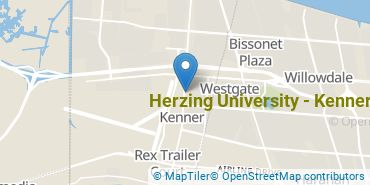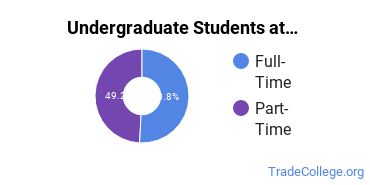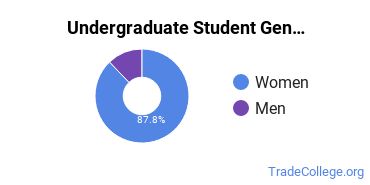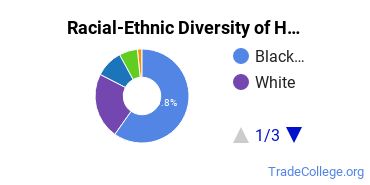Herzing University - Kenner Trade Programs
Herzing University - Kenner is a private not-for-profit institution situated in Metairie, Louisiana. The city atmosphere of Metairie makes it a great place for students who enjoy having lots of educational and entertainment options.
Featured schools near , edit
Where Is Herzing University - Kenner?

Contact details for Herzing University - Kenner are given below.
| Contact Details | |
|---|---|
| Address: | 3900 N. Causeway Blvd., Metairie, LA 70002 |
| Phone: | 504-733-0074 |
| Website: | www.herzing.edu |
Can I Afford Herzing University - Kenner?
| In State | Out of State | |
|---|---|---|
| Tuition | $12,360 | $12,360 |
| Fees | $1,060 | $1,060 |
Student Loan Debt
While almost two-thirds of students nationwide take out loans to pay for college, the percentage may be quite different for the school you plan on attending. At Herzing University - Kenner, approximately 85% of students took out student loans averaging $9,396 a year. That adds up to $37,584 over four years for those students.
Herzing University - Kenner Undergraduate Student Diversity

There are also 19 graduate students at the school.
Gender Diversity
Of the 238 full-time undergraduates at Herzing University - Kenner, 11% are male and 89% are female.

Racial-Ethnic Diversity
The racial-ethnic breakdown of Herzing University - Kenner students is as follows.

| Race/Ethnicity | Number of Grads |
|---|---|
| Asian | 2 |
| Black or African American | 130 |
| Hispanic or Latino | 20 |
| White | 63 |
| International Students | 0 |
| Other Races/Ethnicities | 23 |
Herzing University - Kenner Trade School Concentrations
The table below shows the number of awards for each concentration.
| Major | Associate’s | Bachelor’s | TOTAL |
|---|---|---|---|
| Surgical Technology | 26 | 0 | 26 |
| Medical Insurance Coding Specialist/Coder | 15 | 0 | 15 |
| Health Care Management | 0 | 7 | 7 |
| General Health & Wellness | 0 | 7 | 7 |
| Medical/Clinical Assistant | 6 | 0 | 6 |
| Health Information Management | 5 | 1 | 6 |
| Medical Office Management/Administration | 2 | 0 | 2 |
| TOTAL | 54 | 15 | 69 |
References
*The racial-ethnic minorities count is calculated by taking the total number of students and subtracting white students, international students, and students whose race/ethnicity was unknown. This number is then divided by the total number of students at the school to obtain the racial-ethnic minorities percentage.
More about our data sources and methodologies.
Featured Schools
 Request Info
Request Info
|
Southern New Hampshire University You have goals. Southern New Hampshire University can help you get there. Whether you need a bachelor's degree to get into a career or want a master's degree to move up in your current career, SNHU has an online program for you. Find your degree from over 200 online programs. Learn More > |
